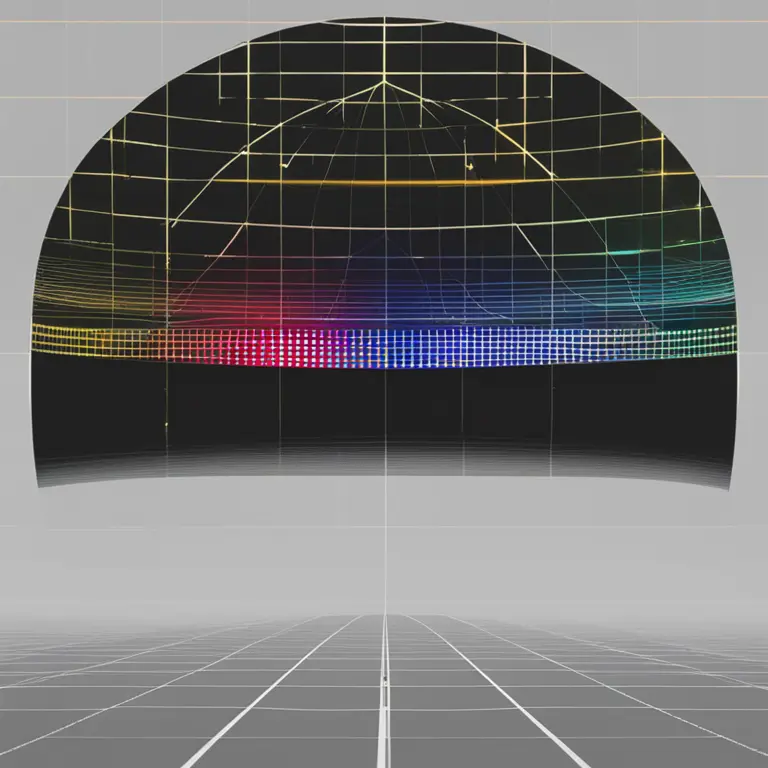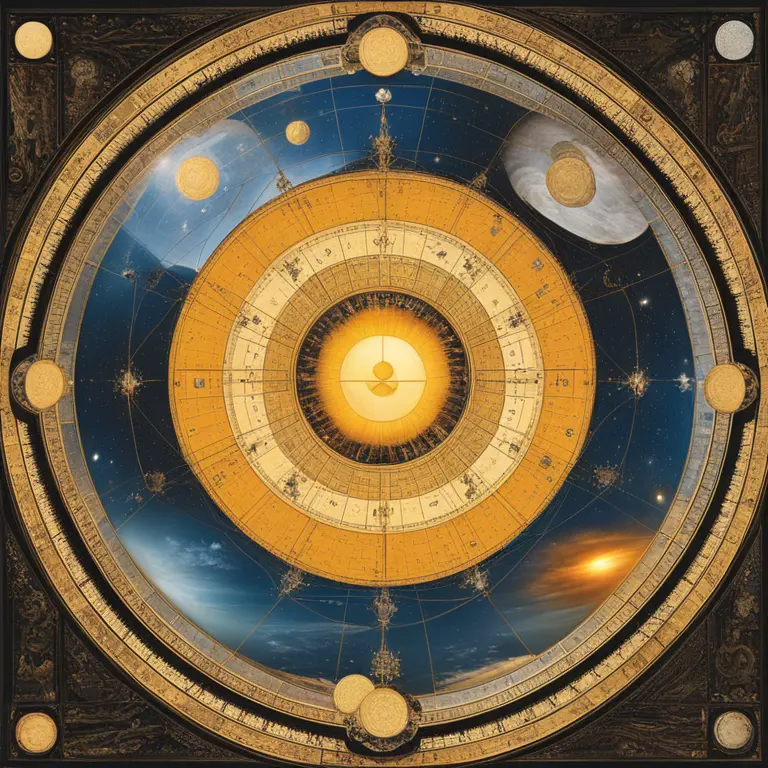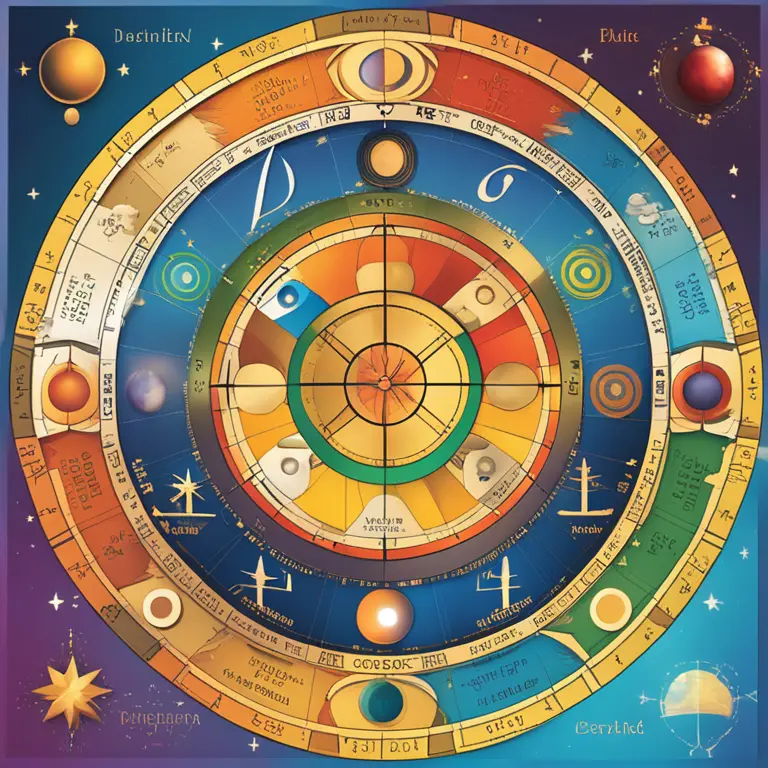
The Precision of Birth Charts: A Cosmic Insight
Discover how astrological birth charts offer detailed accuracy in depicting personal traits, life paths, and compatibility through celestial patterns.
article by Priya Deshmukh
The Basis of Astrological Accuracy
Astrological birth charts, also known as natal charts, are believed to be highly accurate representations of an individual's personality, potential, and life path. This precision is theorized to stem from the intricate mapping of the sky at the exact moment of one's birth. A birth chart considers not just the position of the Sun, commonly related to one's zodiac sign, but also the Moon, planets, and other celestial bodies. Each of these components plays a crucial role in shaping the subtleties of a person's character and fate, according to astrological traditions.

An Intersection of Time and Space
Time and space intersect to create the unique birth chart for every individual. Astrologers argue that the precise location and time of your birth are not coincidental but hold significant cosmic relevance. They claim that the alignment of planets and stars at those precise moments carries specific energies and influences that define various aspects of your life, including your strengths, weaknesses, passions, and challenges. As such, the specificity and complexity of these celestial snapshots contribute to the purported accuracy of birth charts.

Celestial Bodies and Personal Influence
In astrology, each celestial body governs different facets of the human experience. The sun represents your core identity, while the moon deals with emotions and inner moods. Planets like Mercury, Venus, and Mars influence communication styles, love, and actions, respectively. Additionally, the ascendant, or rising sign, describes your outward appearance and how others perceive you. Astrologers maintain that this level of detail is why birth charts can offer such personalized and seemingly accurate readings.

Aspects and Angles: Fine-Tuning Personality
The relationships between planets, known as aspects, are vital in honing the birth chart's precision. Aspects like conjunctions, sextiles, squares, trines, and oppositions describe the angles planets form with each other, reflecting different dynamics in an individual's life. Each aspect supposedly exerts a unique influence, adding another layer to the accuracy of birth charts by detailing the interplay between various parts of an individual’s personality and destiny.

Transits and Progressions: Evolving Predictions
Astrologers utilize current planetary transits and progressions to update birth chart interpretations over time, adding to the narrative of an individual's evolving life experience. These methods take into account the continuous movement of planets and interpret how they interact with the positions in one’s natal chart. This dynamic aspect of astrology supports the idea that birth charts are not static predictions but living maps that chart growth and change, lending credibility to their perceived accuracy.
Skeptics and Symbolism
It's important to note that astrology, and by extension birth charts, remain subjects of skepticism and are not supported by empirical scientific evidence. Critics point out that the perceived accuracy of birth charts can be attributed to the Forer effect – the tendency of individuals to perceive vague or general personality descriptions as highly accurate for themselves. Despite this, many find personal value in the symbolism and introspective insights provided by astrology, using it as a tool for self-reflection and understanding.
Published: 1/22/2024
Modified: 1/22/2024
More predictions
Come back here soon to learn more about yourself and your future


Moon Phases and Astrological Practice
Delve into the mysterious influence of the moon's phases on astrological practice and how they may affect your life and decisions.


Exploring Moon Phases & Couple Dynamics
Discover how moon phases can influence relationships and romantic connections, offering insight for stronger bonds between couples.


The Lunar Phases of the Moon Explained
Learn how the moon's phases affect us on Earth and influence astrological interpretations through their celestial dance.